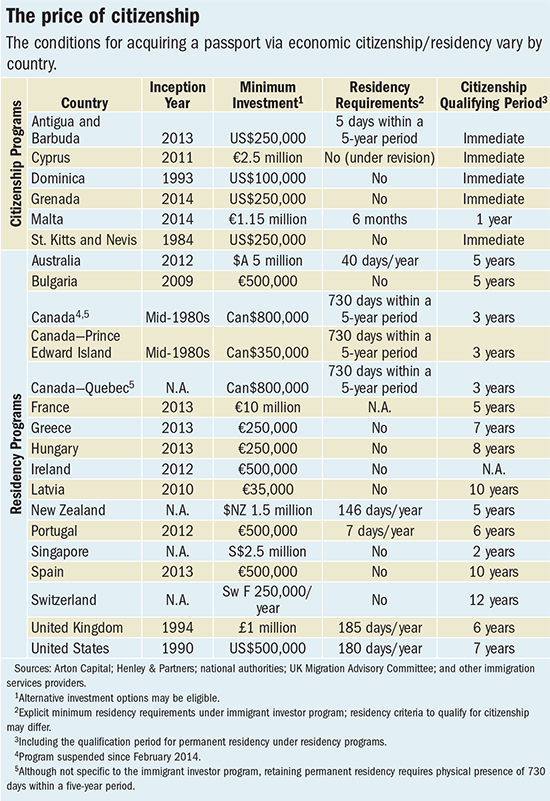The generally accepted period for the Baby Boom is 1946-1964 with the largest cohort in 1957.
Generation X is loosely defined as those born between 1965 and 1981 with the nadir falling in 1970.
Generation Y or Millennials will start turning 30 next year.
Boomers have gotten in the way of Gen X'ers career advancement both by their sheer numbers and now by hanging around the workplace longer than their parents did.
In addition, the boomers have left future generations so much debt that they will have permanently stunted the lifestyles of their progeny.
So here's the latest take on a question that has been argued since the first finance prof. to see the "pig in the python" chart and which made Harry Dent a lot of money.
From Real Time Economics:
SF Fed Warns Baby Boomers May Wound Stock Market
The next quarter century or so could be a tough one for the stock market, researchers at the Federal Reserve Bank of San Francisco warn.
In a paper released by the institution Monday, two of its staffers said the retirement of the Baby Boom generation stands to strip away from equities a key source of support. The ongoing wave of retirees won’t crater the market, but they may well be “a factor holding down equity valuations over the next two decades,” writes Zheng Liu and Mark Spiegel write.So the Gen X crowd gets screwed again but the millenials will get to accumulate shares at depressed prices for the bulk of their working lives.
As they see it, what the Baby Boomers have given to the market is something like what they will be taking away. Allowing for the “theoretical ambiguities,” the economists noted “U.S. equity values have been closely related to demographic trends in the past half century” across several key metrics. “In the context of the impending retirement of baby boomers over the next two decades, this correlation portends poorly for equity values,” Liu and Spiegel write.
As much as it is a problem for the market over the long haul, as retirees sell stocks to try to maintain their lifestyles, the “well known” nature of the troubles is also a problem for markets now. Indeed, if current investors now start pricing in the coming Baby Boomer headwind, they may “depress” stock prices.
“These demographic shifts may present headwinds today for the stock market’s recovery from the financial crisis,” the paper said....MORE
Sort of the dream of retirement planning: accumulate at a buck until you retire and have it pop to $100 the day you start withdrawing.

